Demystifying Virtual Reality in Schools
Hear from our panel of experts on how high schools can help students develop the digital literacy skills they need to enter – and thrive – in a future workforce, whatever the industry.
Today’s students have grown up with the internet, which means teachers and school across Australia are looking for ways to stay ahead of the shifting education paradigm. The challenge is how to educate in and for the future.
As part of our celebration of World Teacher’s Day, the School of Biomedical Sciences is hosting a panel event on Friday 25 October, which seeks to demystify the use of virtual reality (VR) in secondary school education.

Experts in pedagogy, deployment, technology and cutting-edge applications of VR from schools through to medical practice will discuss how to get started in VR, and why it enhances the student learning experience.
While the possibilities of VR in education are limitless, availability of content and large cohort scalability are perceived restrictions. However, price and accessibility have shifted in order to put this powerful tool in the hands of more users. With this hurdle overcome, the advantages of VR in education are becoming increasingly evident.
Put simply, innovative classroom programs must use modern technology to help students develop the skills needed to navigate a workforce where VR and artificial intelligence (AI) will be commonplace – and the job market will have shifted accordingly.
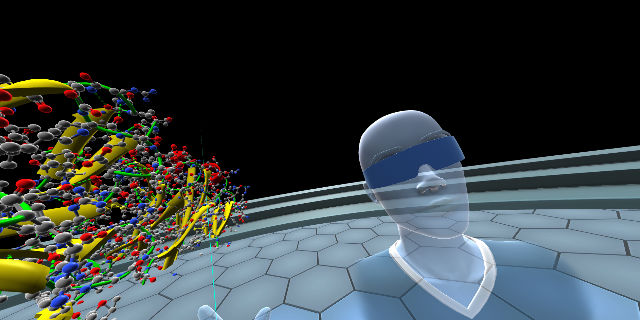
The beauty of VR is it’s an immersive platform which places the user at the centre of the experience, surrounded by a realistic and interactive environment. It completely takes over their senses.
At the University of Melbourne’s Digital Learning Hub as part of the School of Biomedical Sciences, 16 Oculus Rift stations instantly transport students to an operating theatre, a bushfire, museum, or even inside the body where they can hold and study a beating heart.
To help demystify the introduction and use of VR in your school, join us in person – or online.
- WHAT: Breakfast and an expert panel discussion for teachers on how and why virtual reality can be taught at high schools
- WHEN: 7:30am (for 7:45am start) Friday 25 October 2019
- WHERE: Digital Learning Hub, room W313 Medical Building (B181), University of Melbourne
- COST: Free
- RSVP: For the breakfast or live webinar
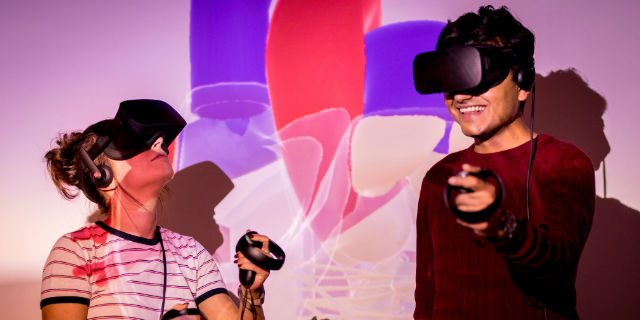
MEET THE PANEL
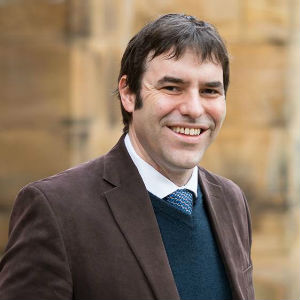
Dr Charles Sevigny (host), Senior Lecturer and Co-founder of the Digital Learning Hub, School of Biomedical Sciences
Dr Sevigny moved to Australia from America in 2005 to begin his PhD candidature in the Department of Physiology at the University of Melbourne. He received a Human Physiology lecturer position in 2012 and was the recipient of the University’s David White Award for Teaching Excellence in 2017. Since co-founding the Digital Learning Hub in 2018, the studio has evolved to use teaching and communication tools including VR, AR, borderless collaboration, interactivity in physical and virtual lecture theatres and podcasts.
“I work in an environment where status quo is never a place to rest – instead always feeling driven to achieve the most I possibly can.”

Lisa Shingles, eLarning Educational Designer, Epworth HealthCare
Ms Shingles specialises in immersive technologies. Her background and qualifications include adult education, filmmaking, animation and a Post Graduate Certificate in Visual Effects. Lisa is an experienced workshop facilitator and recently became a Divisional Council member for the Australian Institute of Training and Development (AITD). For more than eight years she has specialised in the design and delivery of blended and online learning.
“My mission is to enable staff to share stories, educate one another and develop high-quality content that motivates staff to make positive behavioural change.”
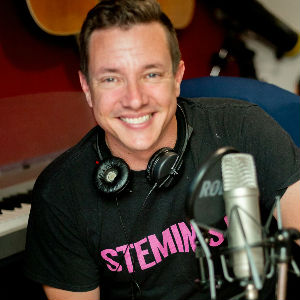
Tony Vallance, STEAM Learning Specialist, Lilydale High School, 2019 Teacher of the Year
Named 2019 Teacher of the Year at the Australian Education Awards, Mr Vallance is an expert in eLearning, coaching, educational technology, instructional design and curriculum development. He is passionate about connection in education and has been creating VR based educational activities for the past three years. He recently opened a VR classroom called the CAVE (Collaborative, Advanced, Virtual, Environment) and says the equation is simple: VR tools + creative educators and students = outstanding engagement and outcomes.
“Now students can take a virtual tour to any place in the world or design prototypes in VR to be 3D printed into hands on creations. It's the ultimate excursion with no permission slips.”
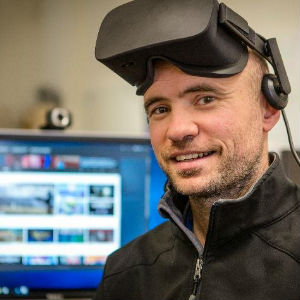
Ben Loveridge, Communications and Media Production Consultant, Learning Environments, Academic Services, University of Melbourne
Mr Loveridge is a communications and media production specialist working in video, audio and creative media fields. He co-ordinates the Learning Environments virtual reality lab, assisting staff with the integration of VR in the curriculum as well as running masterclass sessions for staff and graduate research students. He is currently studying a Master of Music degree at the Faculty of Fine Arts and Music, investigating networked music performance in virtual reality.
“The future workplace will increasingly incorporate content that is not constrained by a 2D screen. It’s our job as educators to embrace the potential of spatial content in the digital realm to best prepare students in the workforce.”
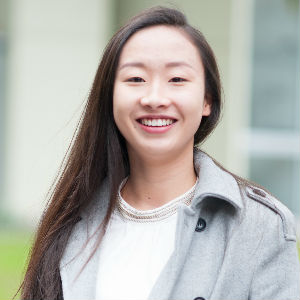
Ivy Weng, Bioengineering Systems student, School of Biomedical Sciences, University of Melbourne
With an interest in software development, Ms Weng has immersed herself in the Digital Learning Hub during her time as an undergraduate at the University. Her career goal is to utilise her biomedical and engineering skills to develop healthcare and education programs. This could be anything from creating efficient databases for storing biomarker data to developing learning modules to help fellow biomedical students. She says, tactile, personalised and engaging VR programs keep students engaged while they gain a better understanding of biological concepts.
“I was driven to pursue biomedical sciences because I wanted to help people and by solving problems through software development, I can help more people on a grander scale.”
